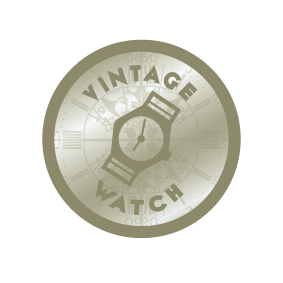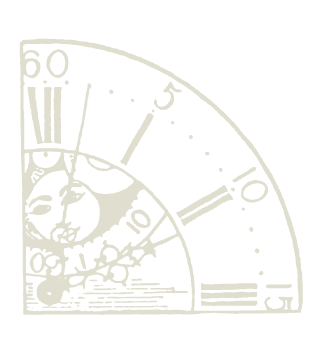Charles Frodsham Single Fusee Bracket Clock
This single fusee Charles Frodsham Bracket clock comes with an alarm and pendulum and has an movement thought to date back to around 1850-60. Set in a rich mahogany case, it has brass handles, feet and panelling. Measures 36cm(h) x 21cm(w) x 15cm(d).
Charles Frodsham was a distinguished English horologist, establishing the firm of Charles Frodsham & Co, which remains in existence as the longest continuously trading firm of chronometer manufacturers in the world.
Charles was born into a dynasty of clock, watch and chronometer makers on the 15 April 1810. His father William James Frodsham (1779-1850) and Hannah Lambert had ten children, five of whom were apprenticed to their father and later became horologists in their own right.
Charles was educated at Christ’s Hospital, the Bluecoat School in Newgate, London, and as a condition of the Foundation, was apprenticed at the age of fourteen to his father William. He showed early promise submitting two chronometers to the 1830 Premium Trials at Greenwich, gaining the second Premium prize of £170. A further nine chronometers were then entered for trial in subsequent years, until the termination of the Premium Trials, in 1836.
Charles Frodsham was a prolific and highly regarded horological writer, publishing numerous articles on the discipline. He corresponded with George Biddell Airy, Astronomer Royal, over many years, much of which correspondence is preserved at Cambridge University Library, covering topics such as middle temperature error, quick trains as advocated by Thomas Earnshaw, Greenwich Mean Time and Airy’s remontoire. In 1871, Frodsham published The History of the Marine Chronometer, the first English language treatment of the subject.
Frodsham was awarded the Telford Gold Medal from the Institution of Civil Engineers for his 1847 lecture on the laws of isochronism. At the Great Exhibition in 1851, he was awarded a first-class medal for his timekeepers. The firm won fourteen further medals and honours at the major international exhibitions over the rest of the nineteenth century. At the 1862 International Exhibition, Frodsham not only exhibited but was also one of the jurors, writing the detailed horological section report.
On the death of Benjamin Lewis Vulliamy (1780–1854), Frodsham purchased the goodwill of the Vulliamy business, and on the recommendation of Airy succeeded Vulliamy as ‘Superintendent and Keeper of Her Majesty’s Clocks at Buckingham Palace’, cementing the firm’s position as leading international clockmakers.
Dimensions
Height = 36 cm (14.2")
Width = 21 cm (8.3")
Depth = 15 cm (5.9")




















